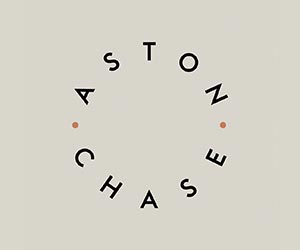When it comes to assessment, teachers and politicians seem to be increasingly on the same page. The last couple of years have seen a raft of reviews, reports and commissions looking into how to reform the system. Prime minister Rishi Sunak and the leader of the opposition, Sir Keir Starmer, have separately adopted several of the recommendations of the Times Education Commission. And some independent schools have announced plans to ditch GCSEs in favour of their own qualifications.
So why is the topic getting so much attention? “What we’re seeing now is the effects of the 2015 government reforms on teachers and students filtering through,” says Alistair McConville, deputy head of The King Alfred School and co-founder of Rethinking Assessment. “Lockdown also provided an opportunity for teachers to step back and think about the nature of timed assessments.”
Perhaps unsurprisingly, Alistair says the findings of the various reviews are similar: the current system is putting too much emphasis on exam performance. Not only does this timed, pen-and paper approach disadvantage some groups, but it also creates unnecessary stress for many children. What’s more, it ignores the skills employers are looking for, like creative thinking, communication and collaboration.
More than just a numbers game
While excessive testing exists at all levels, Alistair believes that Key Stage 4 (GSCEs) is most ripe for reform. “The number of exams pupils sit is huge – around 30 for someone taking 10 GCSEs,” he says. “The exclusive focus on knowledge retention doesn’t allow students to show they can connect different bits of knowledge. And teachers are so beholden to getting good results that they do nothing but prepare pupils for exams for the preceding two terms.”
The chance to gain this time back is a big part of why some independent schools are designing and badging their own qualifications. Students at The King Alfred School now have the option of taking two or three of its own courses alongside six or seven GCSEs. Latymer Upper School will replace all GCSEs except for Maths and English Language with its own internally assessed courses from 2027. And Bedales School in Hampshire plans to move to Bedales Assessed Courses (BACs) for most GCSE subjects.
The flexibility to phase out or replace GCSEs is currently a privilege of the independent sector. But Alistair expects reform of some kind to follow in the state sector, regardless of who wins the 2024 general election. “The Tories are talking about replacing A levels with an Advanced British Standard, which allows pupils to study a broader range of topics,” he says. “And Labour have talked about assessing ‘oracy’ [a child’s ability to express themselves verbally]. But there’s currently no move to reduce the number of exams.”
The solution: a dynamic digital learner profile
For Alistair and the advisory group at Rethinking Assessment, the ideal solution would be a ‘digital learner profile’ that allows a student to present their achievements in a cumulative way, from primary right through to applying for university and jobs. “The profile would include the results of exams and other courses, but also evidence of projects, skills in action and work experience,” explains Alistair. “So, instead of exam grades, the continuous mechanism would be a dynamic profile that students have some control over, and that teachers, parents, universities and employers could all use. It would create an incentive for schools to give kids a genuinely broad education.”
Would this approach spell the end of exams as we know them?
“There’s a place for assessment, but the stakes shouldn’t be so high, and the methods should be more varied,” says Alistair. “An exam-based system teaches students to fit preordained material into preordained formats, to please a group of examiners who want things to be as simple and comparable as possible. But AI could do that. We want kids to do the opposite: to think creatively, and to show they can produce something that’s their own.”

